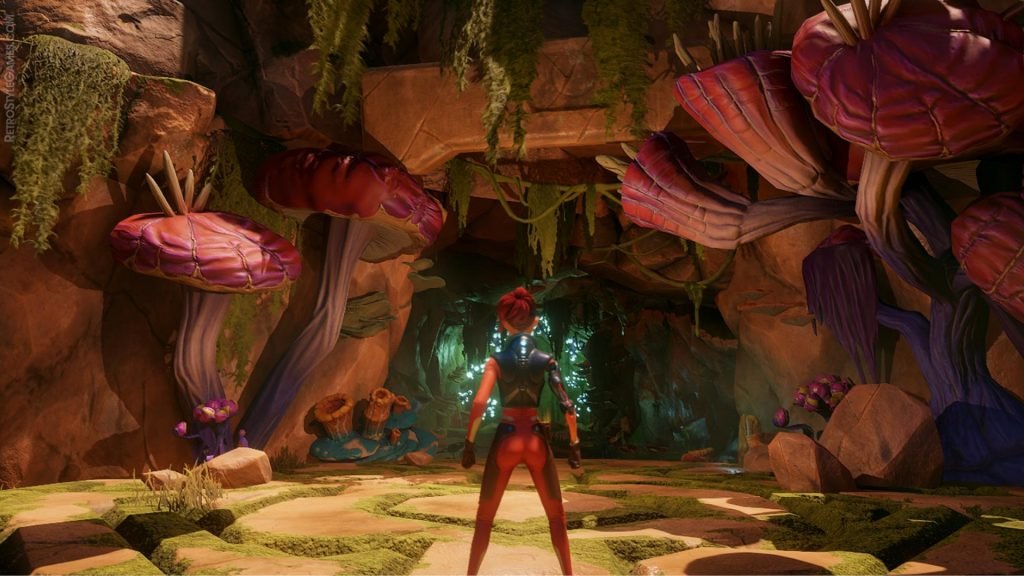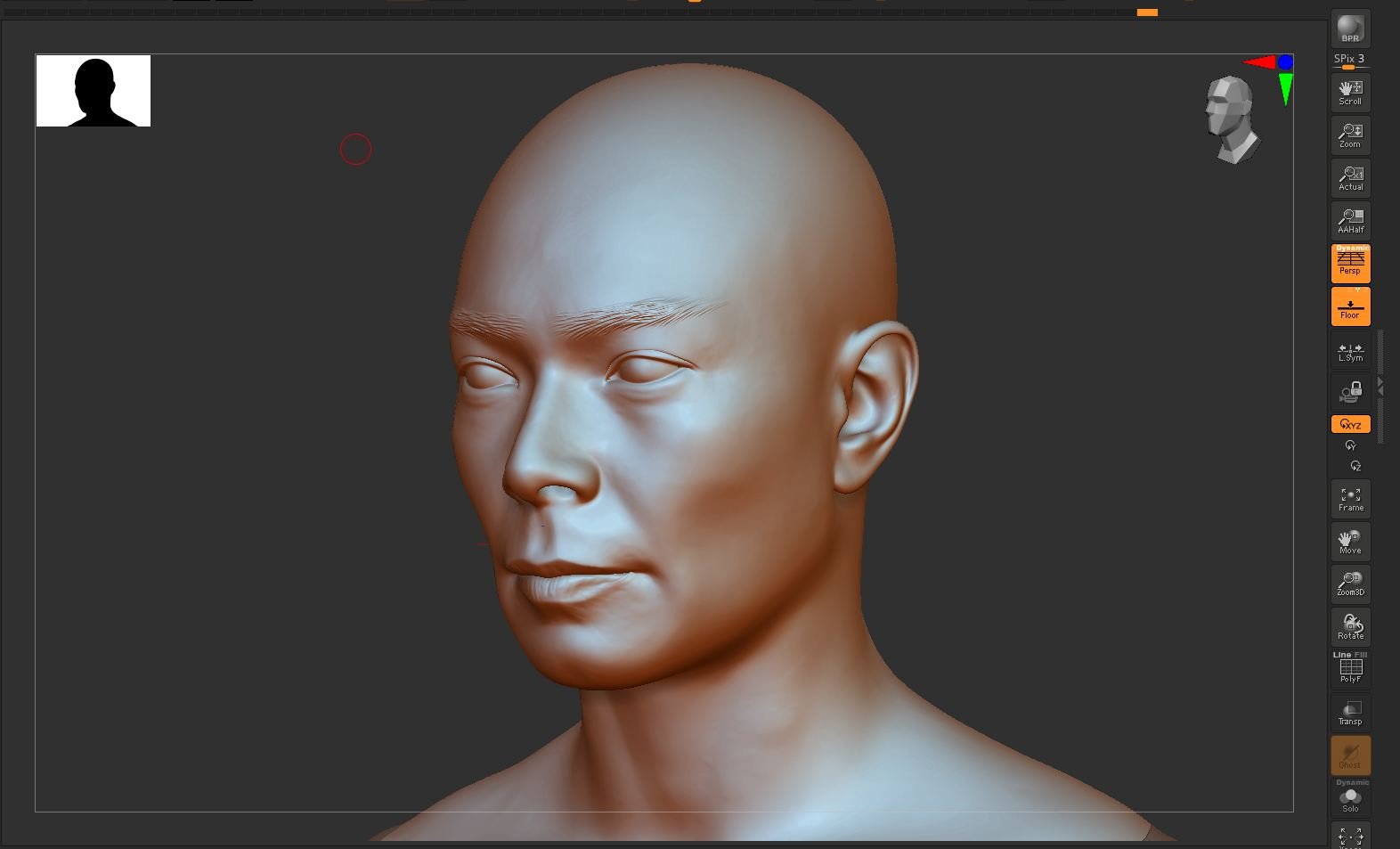Creating a compelling 3D art portfolio is essential for showcasing your skills and attracting potential clients or employers. A well-crafted portfolio not only highlights your best work but also reflects your unique style and creativity. Whether you are just starting your career or looking to update your existing portfolio, these tips will help you create a standout presentation of your 3D art.
Select Your Best Work
The first step in creating a compelling 3D art portfolio is to select your best work. Quality over quantity is crucial here. Choose pieces that showcase your range of skills, creativity, and technical abilities. Aim to include 8 to 15 of your strongest projects. Each piece should reflect your expertise in different aspects of 3D art, such as modeling, texturing, and lighting. This variety will demonstrate your versatility and make your portfolio more engaging.

Geometric Informatics: Advancing Data Science and Computational Geometry
Geometric Informatics focuses on innovative methods for data analysis and computational geometry to solve real-world problems. For more online entertainment, visit casino online.
Show Your Process
A compelling 3D art portfolio should not only display the final products but also include your creative process. Including sketches, wireframes, or breakdowns of how you created each piece can add depth to your portfolio. This approach allows potential clients or employers to understand your thought process and problem-solving abilities. Showcasing your workflow also demonstrates that you are organized and detail-oriented, traits that are highly valued in the industry.
3D Graphics and Digital Entertainment
Geometric Informatics specializes in 3D graphics and geometry processing. For those seeking other forms of digital engagement, exploring options like king johnnie pokies can provide a different kind of experience. Whether it’s working with 3D models or enjoying online games, diverse digital activities enrich our lives.
Create a Professional Presentation
The presentation of your portfolio matters just as much as the content. Use a clean and professional layout that highlights your artwork effectively. Avoid cluttered backgrounds and distracting elements that can take attention away from your work. Ensure that your portfolio is easy to navigate, allowing viewers to focus on your art. Whether you choose a website, PDF, or physical portfolio, maintaining a professional appearance is key to creating a compelling 3D art portfolio.
Write Engaging Descriptions
Accompany your artwork with engaging descriptions that provide context and insight into each piece. Briefly explain your inspiration, the techniques used, and any challenges you faced during the creation process. This additional information can help viewers connect with your work on a deeper level. Descriptions also allow you to showcase your communication skills, which are essential in a collaborative industry.
Tailor Your Portfolio to Your Audience
When creating a compelling 3D art portfolio, it’s important to tailor it to your target audience. If you are applying for a specific job or freelance opportunity, research the company or client and adjust your portfolio to reflect their needs and style. Highlight projects that align with their focus, whether it be game design, animation, or architectural visualization. This tailored approach shows that you understand the industry and are genuinely interested in working with them.
Include Personal Projects
In addition to professional work, consider including personal projects in your portfolio. Personal projects often showcase your passion and creativity, which can be appealing to potential employers. These pieces can also demonstrate your willingness to experiment and take risks in your art. When selecting personal projects, ensure they align with the overall quality and style of your portfolio.
Keep it Updated
A compelling 3D art portfolio is one that evolves with your skills and experiences. Regularly update your portfolio to reflect your most recent work and accomplishments. As you complete new projects, evaluate your existing pieces and remove any that no longer represent your current skill level. Keeping your portfolio fresh shows that you are active in your field and committed to continuous improvement.
Get Feedback
Before finalizing your portfolio, seek feedback from peers, mentors, or industry professionals. Constructive criticism can help you identify areas for improvement and refine your presentation. Consider joining online communities or forums where you can share your work and receive input. Engaging with others in the industry not only enhances your portfolio but also expands your network.
Optimize for Online Viewing
In today’s digital age, having an online portfolio is essential. Optimize your portfolio for online viewing by ensuring it loads quickly and is mobile-friendly. Use high-quality images that accurately represent your work without being excessively large in file size. Additionally, consider using platforms like Behance or ArtStation to showcase your work, as these sites are specifically designed for artists and can help you reach a broader audience.
Conclusion
Creating a compelling 3D art portfolio requires careful planning and attention to detail. By selecting your best work, showcasing your process, and presenting it professionally, you can attract potential clients and employers. Remember to tailor your portfolio to your audience, include personal projects, and keep it updated. Seeking feedback and optimizing for online viewing will further enhance your portfolio’s effectiveness. With these tips, you’ll be well on your way to showcasing your skills and creativity through a standout 3D art portfolio.
Informatics Solutions and More
Explore the world of geometric informatics with expert solutions. For a different kind of spin, try your hand at https://www.gambling360.com/online-roulette/.




